Artists have been exploring how to represent depth and 3-dimensionality for centuries. Lenticular printing is a technology in which lenses are used to produce images with an illusion of depth. This type printing has a fascinating history, from seventeenth century Royal portraits, to early corporate advertising, and kitsch memorabilia.
We take a look at how lenticular prints are now coming to the forefront in contemporary art and rightly taking their place in the history of art as a respected artistic medium.
Lenticular printing is a technique which uses several images which are sliced into strips and interlaced together. A plastic sheet containing a set amount of linear prism-like lenses is then placed on top, perfectly aligned with the images for the 3-dimensional effect to work.
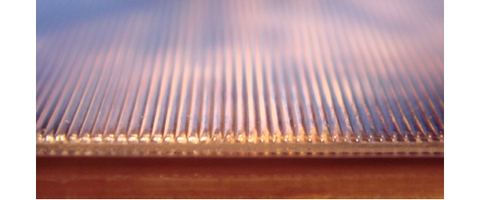


Depending on where the viewer is standing, each lens acts as a magnifying glass to enlarge and display a different portion of the image. The combination of many lenses working together with many interlaced images creates a three-dimensional horizontal image plane when the viewer looks at the image from a different angle from left to right. This is because each eye views the print from a slightly different angle and sees a different image with different perspective views of the subject, giving the 3D stereoscopic effect.
Even before the beginning of photographic techniques, scientists tried some interactions with images and lenses to produce 3 dimensional images. As far back as the late 1600’s artists have been experimenting with various techniques to create the optical illusion of 3-dimension on a flat surface.
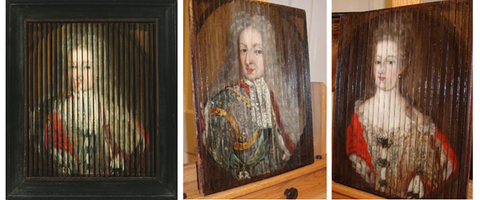
In 1692, French painter Bois-Clair discovered he could achieve a multi-dimensional effect on canvas by interposing a grid of vertical lathes between the viewer and the painting. He has been held to be the inventor of two-way paintings but there is evidence that he been following an even older traditions. ‘Turning Pictures’ are known from the seventeenth century and are referred to by Shakespeare (Allan Shickman, ‘Turning Pictures in Shakespeare’s England’ Art Bulletin, March 1977).
The first images to be described as ‘lenticular’ were produced in the 1930s by Victor Anderson. By the late 1940s, Mr Anderson’s company, ‘Vari-Vue’, was producing millions of simple lenticular images a year for everything from postcards of women winking to Cracker Jack prizes, political campaign buttons, and magazine inserts.
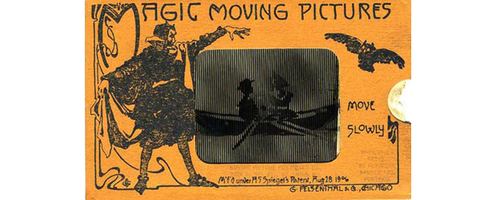
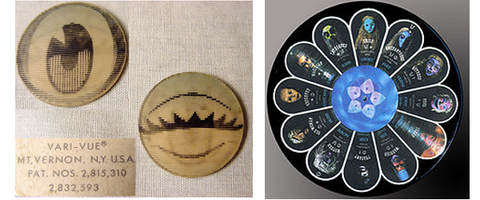

The technology for lenticular printing gained popularity in the 1960’s and 1970’s when large corporations recognised its advertising potential. Mass production became a reality on February 25th 1964, when a ‘Look Magazine’ issue featured the first ink-printed 3-dimensional postcards. Some notable lenticular prints from this time include the limited-edition cover of the Rolling Stone’s album.
An early example of an artist employing lenticular printing techniques is Roy Lichtenstein. His print ‘Fish and Sky’ (1967) depicts a landscape of sky, mountains and sea, and combines several different printing techniques. It is a screenprint on gelatine photographic print mounted on 3-dimensional lenticular offset lithograph. The result is that the underwater scene is lenticular whilst the mountain range is composed of Lichtenstein’s iconic dots. The captivating print sold for $6,250 at auction last year (Christie’s, 24-25 April 2012).
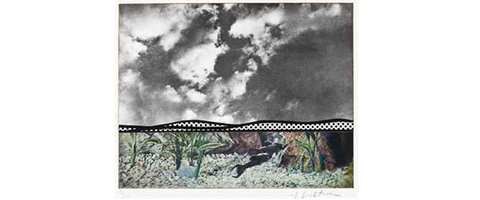
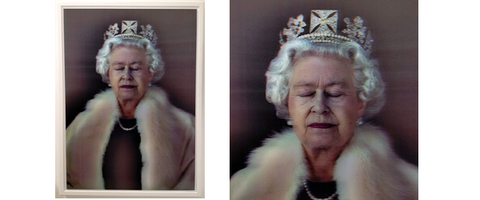
In 2004 the Jersey Heritage Trust commissioned light artist Chris Levine to create a portrait of Her Majesty. Chris’s 21st century work, 'Lightness of Being', was the first ever 3D portrait of The Queen. To create his lenticular print Chris Levine and a technical team took over 10,000 images and 3D data-sets during two sittings at Buckingham Palace, but the portrait is made up of just nine them.
Damien Hirst has been experimenting with new printing techniques. ‘For the Love of God’ (2012) is his first lenticular artwork. It is a representation of Hirst’s infamous diamond encrusted skull sculpture ‘For the Love of God’ (2007). The lenticular technology is used to fantastic effect in this print because it is able to represent a sculptural object on a flat surface. It appears as though the face of the skull is rotating to follow the viewer around the room. It is the ultimate contemporary momento mori and is available for purchase at our Brighton Gallery.
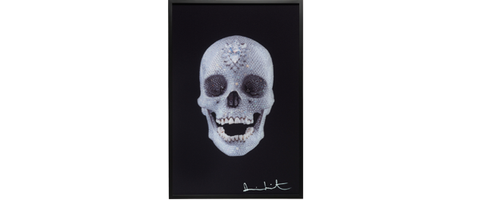

Another beautiful contemporary lenticular print with a similar vanitas theme is ‘Roses are Dead’ (2013) by Magnus Gjoen. Gjoen has used the advanced printing technology to produce a beautifully detailed contemporary image which was inspired by the Classical Era in Rome. The alluring image is of a skull adorned with flowers with a rose in its mouth. In this print, modern lenticular technology has brought to life the phrase “sub rosa” (“under the rose”), meaning to keep a secret, derived from the ancient Roman practice of placing a wild rose on the door of a room where a secret was being discussed.
It seems as though lenticular printing is evolving from an advertising gimmick into a serious art form. It has moved out of the cereal box and into the world of fine art. The technology certainly provides an incredible opportunity for artists to explore depth, present sculptural forms and re-examine viewer interaction.
These contemporary lenticulars are fascinating works of art which draw you into their hidden depths. We are looking forward to seeing the boundaries of lenticular printing being pushed even further by Art Republic artists, such as Peter Blake, in the future.
Image credits:
www.en.academic.ru/dic.nsf/enwiki/439748
www.extremevision.com
Gaspar Antoine de Bois-Clair, Double Portrait of King Frederick IV and Queen Louise of Mecklenburg-Güstow of Denmark.
Saturnalia record with lenticular label that switches from "Magical love" to a logo.
Roy Lichtenstein, Fish and Sky, from Ten from Leo Castelli (Corlett 50), published by Tanglewood Press, Inc., New York.